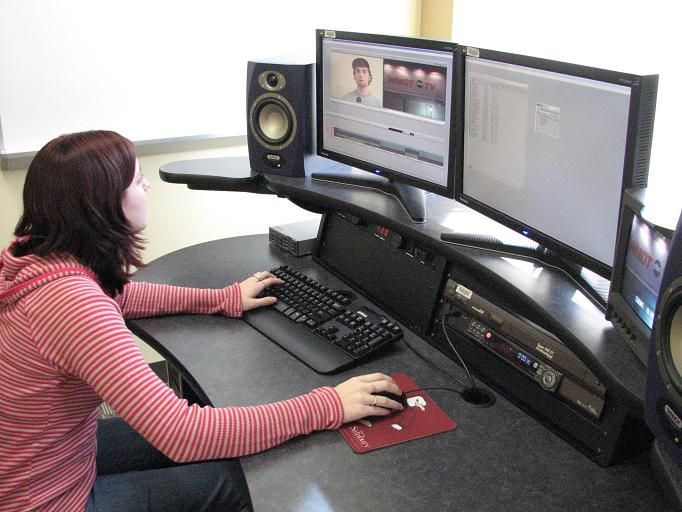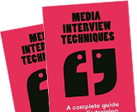Before March of last year, nearly every media-training session I conducted was in-person, often in some far-flung location or other. However, for the last 10 months, all but a handfull have been online (using Zoom, Teams, GoTo, BlueJeans etc). I’ve seen it all in that time — the good, the bad and the thoroughly off-putting.
So, here’s my list of the seven simple things you can do to improve your online presentation and interview technique:
- Look at the camera. Yup, it really is that simple. The temptation, always, is to look at the image of the person you’re talking to, which appears on the screen in front of you. But what a difference it makes if you ignore that picture, and look straight into the lens instead, so that, to your audience, it appears you’re looking straight at them. So much more engaging and compelling.
- Get the lighting right. In particular, make sure that you’re not sitting with your back to a window with sunlight streaming through – it’ll just put you in a shadow, and make it impossible for your audience to see you properly. Consider buying a light and placing it directly above the top of your screen, shining directly at you you. This is the light I use.
- Fill the frame without dominating it. Your audience doesn’t want to see your face so close up so that you look scary, but, at the same time, it’s ridiculous for you to to be so far back that we can hardly see you at all. Even worse, is when we see your head right at the bottom of the screen, with a huge space above you. Position the camera level with your eyes (so that you’re not looking up or down at it) and so that the audience can see at least your head and shoulders, with some space, but not too much, around you.
- Use headphones. The sound then becomes so much more immersive for you and the audience.
- Have some depth to the background, rather than just a blank wall behind you. Personally, I don’t mind virtual backgrounds, if you find one that suits you. But your normal home office background is fine too, as long as there aren’t embarrassing books, laundry or empty bottles of wine right lying around. Make it warm and welcoming, yet, if possible, crisp, sophisticated and professional.
- Sit up straight. It’s all too easy to slouch over your desk, or lean back in your chair – both of which show the audience that you’re not taking them seriously. Feel free to use your hands to express your thoughts. If your hands flick into the shot occasionally, that’s fine – it’s how people communicate.
- Breathe and enunciate. This is important for face-to-face communication as well as online, of course. But it’s so crucial. Too many people fail to breathe properly (deeply and healthily) and instead take little gasps for breath as they deliver their material at a million miles an hour. Slow down. You have more time than you think. You can still be expressive and engaging. And enunciate those words clearly.


